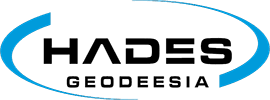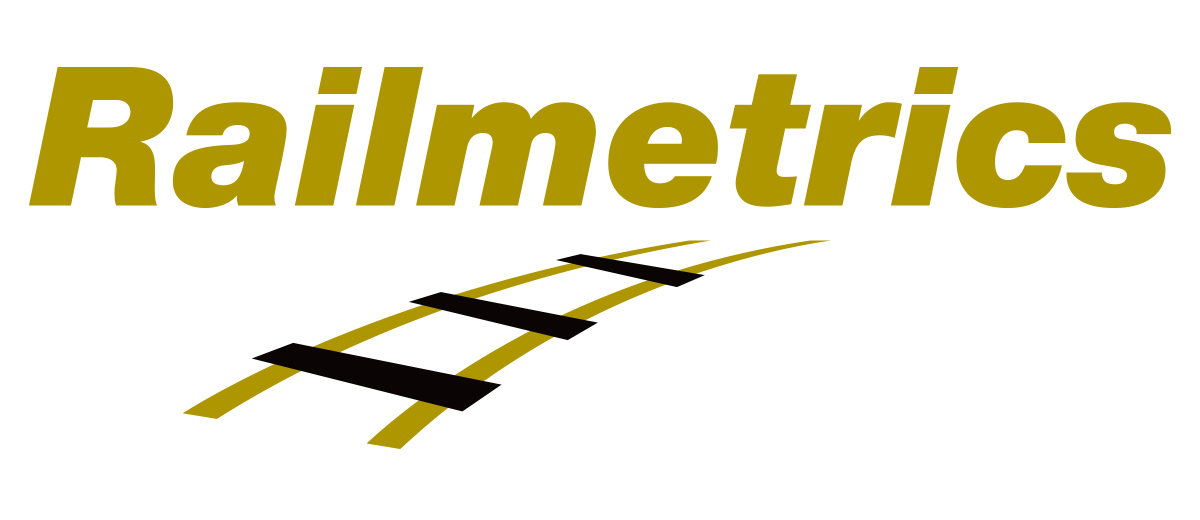Kopli 2 Apartments, Estonia – Construction Monitoring
Challenge
The construction of the House of Life at Kopli 2, Tallinn, Estonia, presented unique geotechnical challenges. This premium apartment development, featuring 32 modern residences on the edge of Tallinn’s historic Old Town, required excavation and groundwork that posed a risk to a neighbouring building with fragile foundations.
Geotechnical surveys revealed that the foundations of the adjacent building were constructed on unsuitable soil, with a rotting wooden raft and only 0.5 meters of soil above limestone. The external walls showed extensive cracking and loose brickwork, raising concerns about potential collapse. Given these risks, continuous settlement monitoring of this neighbouring building was considered crucial to detect early signs of movement and ensure the safety of both workers and residents.
Solution
To mitigate these risks, Hades Geodeesia recommended and installed Senceive remote intelligent wireless technology. The set up included:
- 10 x FlatMesh™ Nano Plus Triaxial Tilt Sensors installed on the sidewall of the neighbouring building for precise measurement of movement.
- The mesh network formed by the sensors relayed data to a FlatMesh™ 4G cellular gateway, which transmitted the data to the Senceive WebMonitor data visualisation platform.
This system provided continuous, 24/7 subsidence monitoring, with automatic data updates every 15 minutes, ensuring timely detection of any structural changes.
The decision to use a wireless sensor system rather than manual surveying was driven by:
- Higher accuracy and consistency: Continuous data collection ensured precise monitoring, avoiding gaps from periodic manual checks.
- Rapid response capability: Instant alerts were sent to project managers if movement exceeded pre-defined thresholds.
- Operational efficiency: The system significantly reduced the time and cost associated with manual inspections, which would have required at least two site visits per day during the initial phase.
Outcome
The automated monitoring system provided Kaamos with peace of mind throughout the eight-month construction period. Project managers had near real-time visibility of structural movement, ensuring they could proceed with construction safely, knowing they would be instantly alerted to any concerning movements.
Whilst there were initial concerns about cost and data interpretation, the system’s reliability and accuracy far outweighed any drawbacks. With Hades Geodeesia assisting in data analysis, project managers could easily interpret the information and respond as needed.
Kaamos was highly satisfied with the monitoring technology, recognising its critical role in safeguarding the neighbouring building and the overall safety of the project.
View this case study on Hades Geodeesia website here.
Downloads
Created on: Fri 21st Feb 2025














